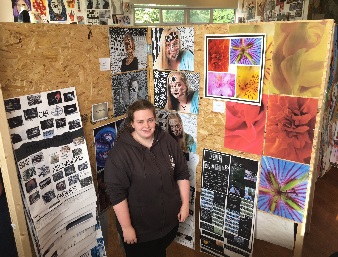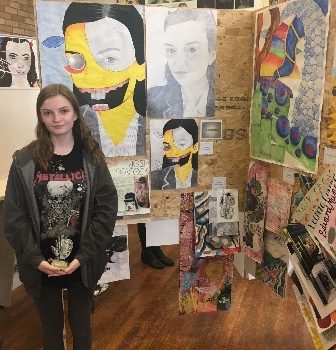CURRICULUM AIMS AND VALUES
“I found I could say things with colour and shapes
that I couldn’t say any other way – things I had no words for”
Georgia O’Keefe
At Greenbank we firmly believe that a robust education in the visual arts is essential to prepare students for a future where the creative industries go from strength to strength. Students at Greenbank are exposed to a wide range of creative practices and disciplines thus ensuring their abilities to investigate, ideate and create are as broad and far reaching as possible.
The excellent art and design education delivered at Greenbank enables our students to think and practise as young artists. They are encouraged to enquire, experiment, invent and create artwork that is particular to them. Pupils are challenged to pursue lines of enquiry within their work and to think critically thus developing their confidence to express thoughts, ideas and opinions when contextualising their work.
This serves to not only advance the practical skills and disciplines possessed by our students but to also create a rigorous understanding of art and design. Students are made aware of how art and design has shaped our history and culture and continues to influence modern society.
There is an almost endless array of practices and disciplines in Art and Design. From drawing and painting to printing, or ceramics and sculpture to digital art the goal of the Art & Design curriculum is to ensure our students are exposed to as wide a range of media, techniques, movements and artists as possible. This enables students to recognise their strengths and interests, to explore and experiment and discover their own potential as they create.
While the curriculum delivered is structured and prescriptive in terms of content, Students work with a great deal of autonomy. Independent choices are a continual theme of every lesson. Whether it be through choice of subject matter, media, materials or influences, students are encouraged to make each piece of work their own. Indeed every project studied requires all students to work independently, forging their own path as they progress.

















